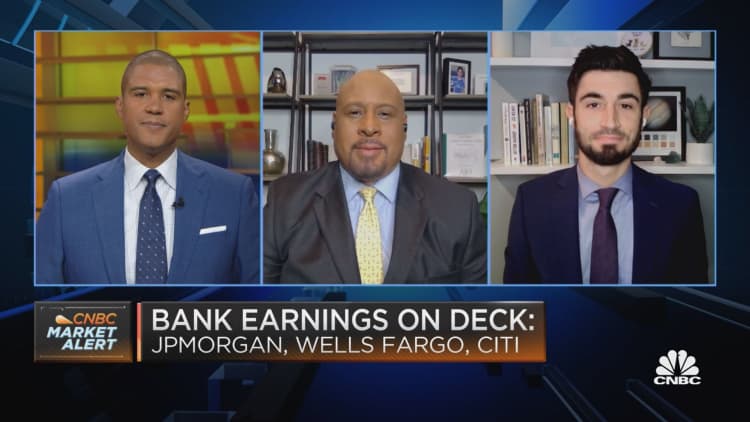
Inverse Couple Images | Moment | Getty Images
Consumers have been hearing a lot about inflation in the U.S. economy since early 2021, and rightfully so. At their pandemic-era peak, consumer prices were rising faster than at any point in 40 years.
But the dynamic seems to have shifted.
Inflation has been declining gradually, which means prices are still rising but at a slower pace, also known as disinflation. Some prices have actually deflated over the past year, according to the consumer price index.
Deflation is the opposite of inflation: It means consumers are seeing prices decline in certain categories.
Why some prices are deflating
Largely, this deflationary dynamic is occurring on the “goods” side of the U.S. economy, or the tangible objects that Americans buy, economists said. Goods encompass roughly a quarter of the consumer price index.
There are several reasons for this.
For one, a stronger U.S. dollar makes imported goods cheaper. Some of those savings — on items such as apparel and furniture — get passed on to consumers, said Mark Zandi, chief economist of Moody’s Analytics.
The dynamic is also somewhat a reversion to the pre-pandemic norm, Zandi said.
Goods deflation was typical before the Covid-19 pandemic, he said. But the health crisis snarled global supply chains, causing shortages that fueled big spikes in prices. Energy costs surged when Russia invaded Ukraine, pushing up transportation and other distribution costs.
Now, supply chain disruptions are largely in the rearview mirror, he said. Energy costs have declined.
Over the long term, consumers also generally see savings as manufacturers shift goods production to lower-cost areas, Zandi said.

How measurement quirks affect prices
Some of the declines are due partly to measurement quirks.
For example, the U.S. Bureau of Labor Statistics, which compiles the CPI report, controls for quality improvements over time. Electronics such as televisions, cell phones and computers continually get better. Consumers get more for roughly the same amount of money, which shows up as a price decline in the CPI data.
Health insurance, which falls in the “services” side of the U.S. economy, is similar.
The BLS doesn’t assess health insurance inflation based on consumer premiums. It does so indirectly by measuring insurers’ profits. This is because insurance quality varies greatly from person to person. One person’s premiums may buy high-value insurance benefits, while another’s buys meager coverage.
Those differences in quality make it difficult to gauge changes in health insurance price with accuracy.
These sorts of quality adjustments mean consumers don’t necessarily see prices drop at the store — only on paper.
